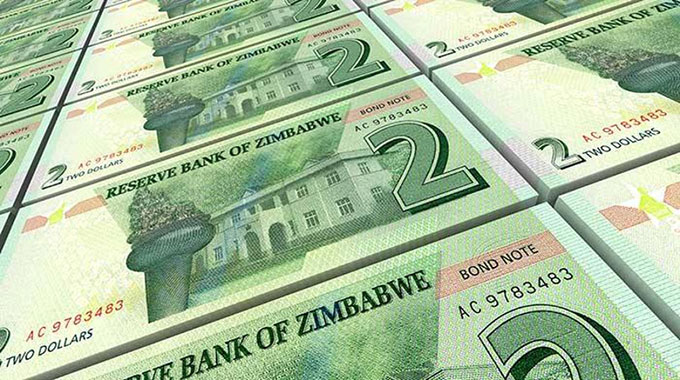
Prof Mthuli Ncube
ZIMBABWE, the country I serve as Finance Minister, has been in the news for restricting the use of the US dollar and other international currencies as legal tender. Why would we want to return to our own currency, given such recent, home-made, experience of monetary turmoil?
The answer can be found in our recent history. Following hyperinflation at the close of 2009, and to stem the instability produced by bad governance and fiscal ill-discipline, a mixture of other nations’ bills — the US dollar, British pound, South African rand, the euro, the Chinese renminbi and the Botswana pula — became Zimbabwe’s medium of exchange in place of the Zimbabwean dollar.
But while this curtailed household prices — its primary purpose — today it is outdated. It is overlooked that this was a tourniquet, not a cure.
Dollarisation has acted as a break on Zimbabwe’s economic development as we are a country reliant on exports. The strong dollar stifled our competitiveness. Without our own currency, we have had no control of monetary policy.
We have had no mechanism to stimulate economic activity — not exports, nor foreign direct investment — or to deal with downturns in international markets. That is why the government must introduce its own new, and permanent, fiat currency.
To be clear, at this time, in this year, any and every responsible Zimbabwean government would be doing the same as we are today. This is not a “political” decision, therefore, but simple economic and geopolitical necessity. Zimbabwe’s recovery will still depend on export-led growth.
Had the opposition been in office, they too would now be introducing a new currency — just the same — despite their present protestations to the contrary.
As the former chief economist at the African Development Bank, I have witnessed the results of currency volatility across many contexts.
I have seen what works — and the reverse. And that is why, in June of this year, the government made the RTGS — a quasi-currency that will act as a bridge to the introduction of a sovereign currency later this year — the sole legal tender in Zimbabwe.
Dollar strength
To an outsider, it may seem puzzling that the government chose to implement this now. Plenty of foreign exchange is required to stabilise the introduction of a new currency and leaven its inevitable inflation.
Zimbabwe’s reserves could not be described as abundant.
Yet, with the US dollar strengthening over the years against the currencies of Zimbabwe’s major trading partners, exports were continually losing competitiveness.
A fresh tranche of foreign exchange in the required volume and timeframe was improbable.
Sooner or later, the current administration knew it would have to introduce a new, national currency. Prevarication would only place Zimbabwe in a weaker position. It was a choice between short-term turbulence now or far greater anguish later.
The compromised position Zimbabwe found itself in would always mean there would be some damage — though it will presage a revival.
With a weaker currency, exports will gain in competitiveness, bringing much-needed foreign exchange to counteract the inflationary pressures the nation is currently experiencing.
There is also an imperative to develop a market for Treasury bills and long-dated bonds and create a yield curve. A monetary policy committee will be appointed soon to buttress monetary policy conduct.
The Zimbabwe dollar, comprising RTGS and bond notes, is now the designated sole legal tender in Zimbabwe — pending the rollout of a fiat currency later in the year.
Initially, the government introduced it alongside the other currencies, with the intention of it becoming the main currency of exchange in place of the dollar, which would primarily be used as a reserve of value.
Forceful change
The theory was not borne out in reality. Every day, the RTGS was shedding one percent of its value against the dollar, hampering its transition to the primary currency of domestic exchange.
Change had to be driven more forcefully: it was clear the RTGS had to be designated the sole legal tender.
Admittedly, the government did not manage this without fault. The implementation was too indiscriminate, with international and export facing companies under its purview, causing disruption to the flow of business.
The government has recognised this was wrong and rectified it. International facing companies can again trade in foreign exchange. Only to carry out transactions in the domestic market they must first convert into RTGS dollars.
For the moment, it is causing some economic turbulence — something no serious government would wish to be the result of their policy. But this was always to be expected.
There is no way to fully avoid it. And a commitment to better their citizen’s future requires the same government to make sometimes difficult choices.
Zimbabwe was once the exporting breadbasket of Africa. Now, its balance of payments is negative. But with control of our currency, we can reclaim the best parts of our past — and resume our place in the world economy as an export-led nation in the near future.
–Prof Mthuli Ncube is Zimbabwe’s Minister for Finance and Economic Development and a visiting Professor at the Saïd Business School at the University of Oxford. He was formerly chief economist and vice-president of the African Development Bank.
